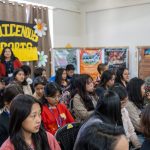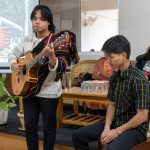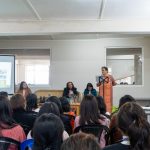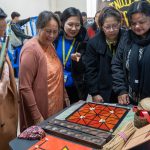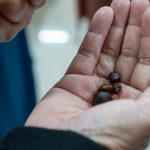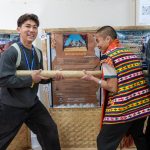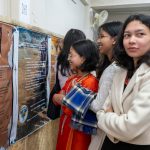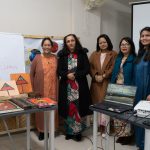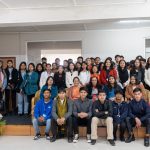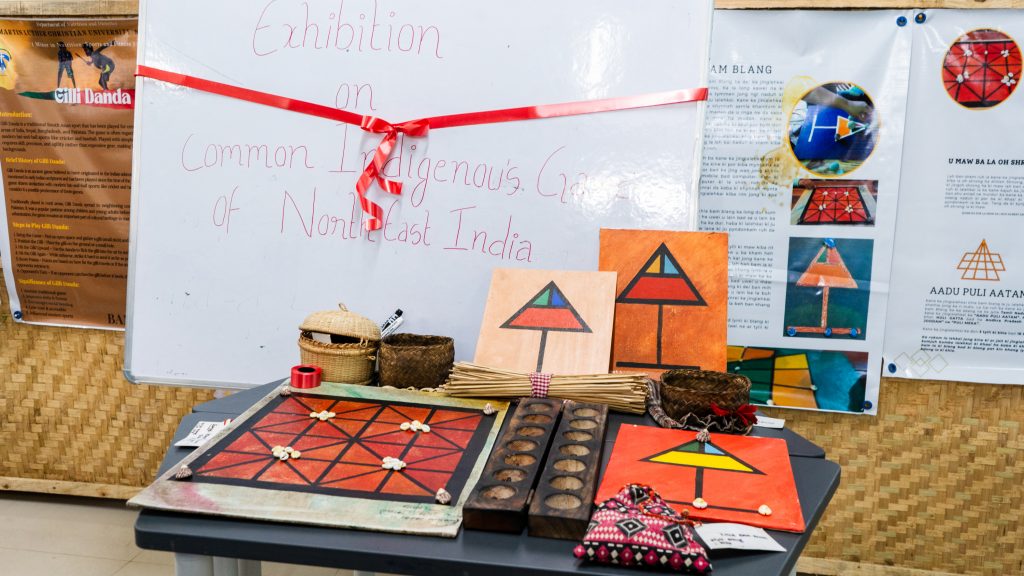
Throughout history, indigenous peoples have had many traditional sports and dances, marking an influential impact on the world and the people’s culture. The indigenous games which are played from generations often require physical activity, social interaction, and the use of imagination and creativity. However, these traditional indigenous games of many generations are gradually fading and being forgotten in the modern society. Gadget, video game and screen gaming have mostly replaced the indigenous games. The young generation are being influenced by such games making them having an unhealthy lifestyles. Reviving traditional games will provide a host of health benefits, making social interactions, developing the sense of togetherness and promoting cognitive skills.
The department of Nutrition and Dietetics, as part NEP 2020 for Promotion of Indian Language, Arts and Culture, held an exhibition on the common indigenous games of northeast India on February 19, 2025 at the Umsawli campus of the university. The exhibition is one of the academic experiential learning for student opting minor paper in Nutrition, Sport and Fitness, with mains objectives to popularize, reintroduce and demonstrate the common traditional games of northeast India. Dr Laribha Dohtdong, Head of the department warmly welcome all the invitees, guests speaker, faculty, staff, and students of the university.
To begin the inaugural program a musical folk performance was sung by the Mizoram students. Professor Bikika Laloo Tariang, former head of the Department of Library and Information Science, North Eastern Hill university was the resource person for the exhibition program. In her session she share her experience and knowledge on the importance of preserving and promoting indigenous games. She related her research with her experience in which she mentioned that these games are recreational activities that have bountiful benefits linked to health, build community relationship and offers a venture for tourism industry. Such games do not require rigid rules to play, and they do not require expensive or exquisite material as any available items can be used for playing such as pebbles, stick, leaves, etc. Professor T.K Kharbamon, Vice Chancellor of the university in her inaugural address stated such events is a need of the hour, as the traditional games are gradually loosing their identity and are being hybridize with western games. She mentioned that indigenous games and sports acts as a cultural transmitter which resonate the culture, language, and heritage of a community.
The games also incorporate the values of responsibility, loyalty, compatibility and compassion. Prior to the exhibition program, Mr Wanphai Nongrum, proprietor of the You and I cafe had the opportunity to train few students on the common traditional games of the Khasi and Jaintia such dieng-ia-peh, pynshat latom, mawiabir, kot kudi bad latai, siat sbai, maw-kor-ka-tia, and khla bam blang, and later these games were demonstrated during the program. Other common games such as mawdon- mawkait, sohtynkoh, hai iu, jingsiat khnam, mawkynting were also highlighted during the program. Few indigenous games from Mizoram-Insuknawr, Manipur- Hiyang tanaba, Arunachal Pradesh- porok-panin sinam, and from Nagaland- aki kiti was also exhibited. Even the famous Kabaddi games and similar games of neighbouring countries such as the Gilli-danda played commonly in Bangladesh and Nepal was demonstrated.
The exhibition program ended with a tour to the displayed exhibition area, followed by a gratitude message from Ms Rihokmika faculty of the department.

